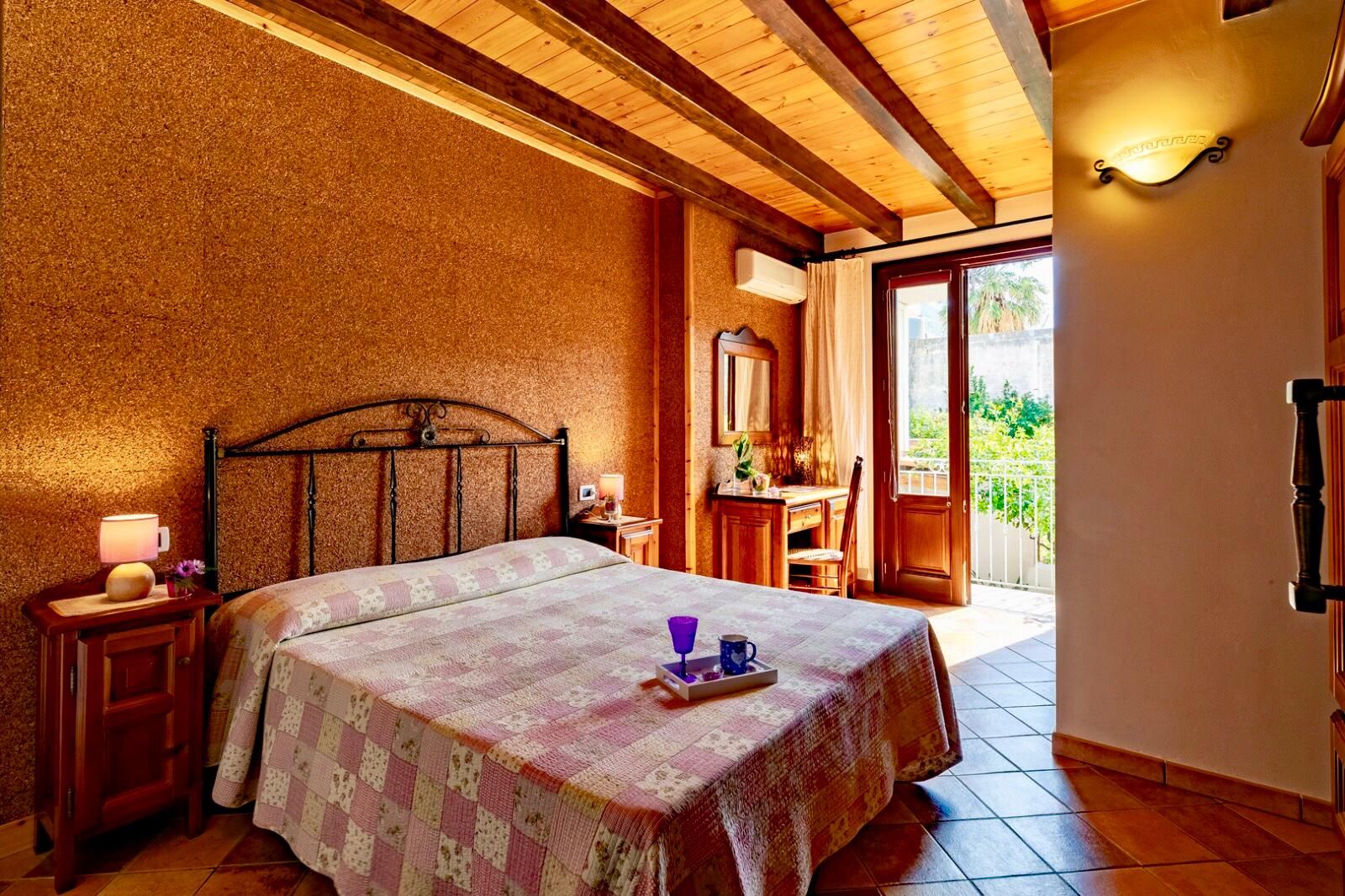A creamy ricotta filling surrounded by marzipan and colorful candied fruit
Tintu è cu nun mancia a cassata a matina ri Pasqua!
(poor is he who does not eat cassata on Easter day), so says a Sicilian proverb, immediately pointing out that the Sicilian Cassata was born as a typical Easter dessert, but is now enjoyed all year round.
Today in Sicilian pastry shops, from Palermo to Syracuse, from Catania to Trapani, this dessert, beautiful to look at as well as good to eat, is on display all year round.
There are two schools of thought regarding its name: for some it derives from the Arabic quassat (from the shape of the container), for others from the Latin Casium (from the cheese-based content).
The succession of various dominations in Sicily has certainly influenced not only the architecture and culture but also the island's cuisine. Thus, even the Sicilian cassata can boast a multi-ethnic origin.
That the Romans already used to prepare this type of dessert is demonstrated by one of the famous mosaics in the Villa del Casale in Piazza Armerina, but the recipe was certainly revisited and improved with the arrival of the Arabs in Sicily, in 827, and their typical products. , including sugar cane, almonds and pistachios.
A contribution to its goodness was made by the Spaniards who included sponge cake in the recipe, while the nuns of the Martorana convent , in the Norman period, were able to add splendid decorations that still make this dessert superlative today.
In the Palermo area there is also a "light" version, the baked Cassata: shortcrust pastry filled with baked ricotta.
You can prepare Sicilian Cassata at home with our recipe.
...absolutely unmissable is the combination with a glass of Passito wine ... and it's immediately Sicily!






_7327.jpg)
_8132.jpg)


